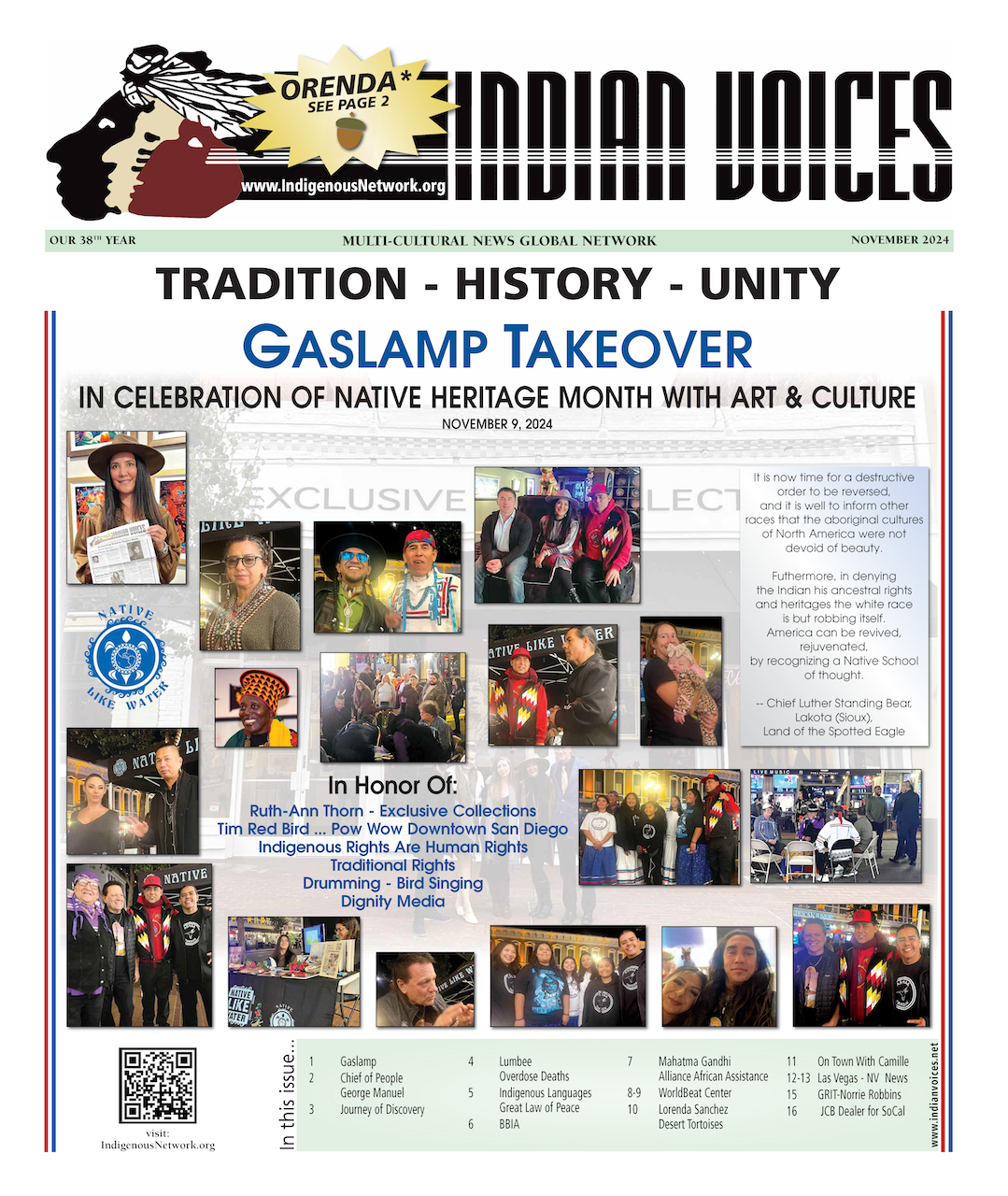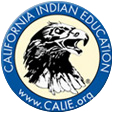Story and Photos by Alaina Dall
Covering the back wall of Dr. Melissa E. H. Deer’s office is a Pendleton medicine wheel blanket woven in earthy colors representing the four directions. Her parents gave it to her in recognition of one of her greatest accomplishments – becoming a medical doctor. As of October 1, 2013, Dr. Deer is the new Chief Medical Officer at San Diego American Indian Health Center.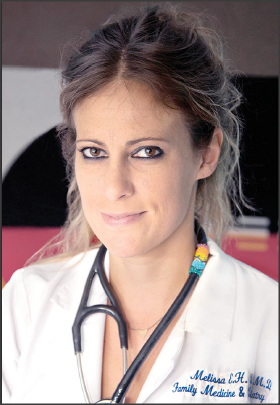 Now in its 35th year, SDAIHC serves thousands of urban American Indians each year, providing medical, dental, and behavioral health services, as well as cultural and traditional programming such as weekly talking circles, cultural arts classes, and a youth center. Established in 1979 and contracted with the Indian Health Service to serve individuals of American Indian ancestry, the organization has grown to become a comprehensive community clinic open to everyone. SDAIHC is conveniently located on 1st Avenue, just west of Balboa Park, San Diego, CA.
Now in its 35th year, SDAIHC serves thousands of urban American Indians each year, providing medical, dental, and behavioral health services, as well as cultural and traditional programming such as weekly talking circles, cultural arts classes, and a youth center. Established in 1979 and contracted with the Indian Health Service to serve individuals of American Indian ancestry, the organization has grown to become a comprehensive community clinic open to everyone. SDAIHC is conveniently located on 1st Avenue, just west of Balboa Park, San Diego, CA.
Dr. Deer comes from a family of health providers. Her grandmother was a nurse, and her mother and aunt are nurses as well. Her aunt has championed national Indian policies in the course of her career.
The importance of education was emphasized in her family, and she knew from her early teens that she wanted to be a physician. She describes the profession as a calling inspired by “a desire to help other people and to address the injustices that have happened to Native people that I have seen play out in my own family.”
While Dr. Deer had strong role models in her family, she also saw the effects of despair. “I saw how alcoholism ruin family dynamics. It is a common narrative that our people experience.”
Her grandfather was a full-blooded Menominee, a tribe located in Wisconsin. He was removed from his home at an early age and put into a boarding school. While there, he wasn’t allowed to speak his native language and he felt shame as his cultural identity and traditions were methodically stripped away from him.
Her father grew up on the Menominee reservation in a one-room log cabin without running water or electricity. He is a Vietnam veteran, and suffered from posttraumatic stress disorder – a poorly understood affliction at the time -- upon his return. Despite these hardships, he pursued a college education, as did three out of four of his siblings. Dr. Deer’s parents had the expectation that she would graduate from college as well, and she did with a Bachelor of Science in Sociology from the University of Wisconsin-Madison.
“There was always a strong commitment to give back in my family, as it is in the Native community. If you are given gifts, such as education, you give back. It was something that I didn’t question. It was something that was in my blood,” she said.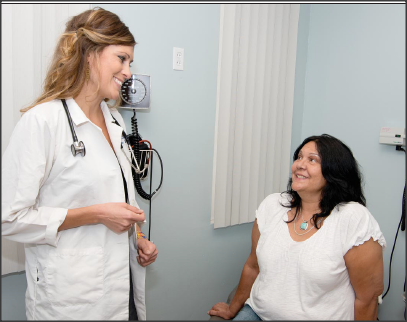 While attending the University of Minnesota Twin Cities Medical School in Minneapolis, she continued the tradition of giving back. She became involved in the urban Indian community by engaging in Indian advocacy activities with other Native students at the university, and encouraging minority high school and undergraduate college students to consider medical school.
While attending the University of Minnesota Twin Cities Medical School in Minneapolis, she continued the tradition of giving back. She became involved in the urban Indian community by engaging in Indian advocacy activities with other Native students at the university, and encouraging minority high school and undergraduate college students to consider medical school.
After completing medical school, Dr. Deer went to the University of California San Diego’s Combined Family Medicine and Psychiatry Residency Program. Again, advocacy and cultural awareness were important motivations for her at this time. She worked with other residents in her program to add a cultural training component to psychiatry grand rounds at UCSD, and she designed and implemented a cultural curriculum for psychiatry residents. While completing her residency, much of which was providing health and psychiatry services at a homeless shelter in downtown San Diego, she created and worked part-time at a psychiatry clinic at San Diego American Health Center in 2009, a service that continues today.
HEALTH CENTER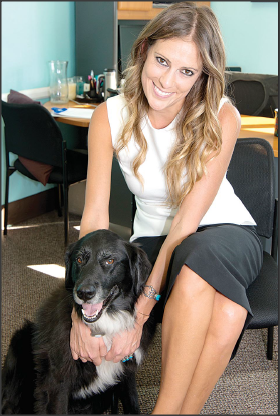 Dr. Deer keeps sage available for patients needing psychiatry services that request smudging, which is a cleansing ritual used prior to any traditional Native gathering, prayer or ceremony. A small dream catcher hangs on the adjacent wall. Diego, a Border collie mix that visits the behavioral health clinic a couple times a week, lies quietly in the sunlight. Dr. Deer said he immediately puts patients at ease, some of whom are seeking mental health services for the very first time.
Dr. Deer keeps sage available for patients needing psychiatry services that request smudging, which is a cleansing ritual used prior to any traditional Native gathering, prayer or ceremony. A small dream catcher hangs on the adjacent wall. Diego, a Border collie mix that visits the behavioral health clinic a couple times a week, lies quietly in the sunlight. Dr. Deer said he immediately puts patients at ease, some of whom are seeking mental health services for the very first time.
Said SDAIHC Chief Executive Officer Joe Bulfer, “We value the importance of integrating the primary care medical practice with behavioral health services. Because Dr. Deer is board certified in both family medicine and psychiatry, she will be able to integrate the two to a much higher degree than we have been able to before.”
Many staff members are part of the Native community, and Indian symbolism is evident throughout the clinic. Exam rooms have Native motifs stenciled on the walls. Photographs of Native people appear in the clinic, as does Indian art work.
“The traditions of our culture need to be reverberated through the clinic in order for us to be successful at reaching out to the community and providing good care,” said the medical director.
A flier is posted on the bulletin board advertising a Wellbriety gathering, “promoting holistic health, sobriety and wellness utilizing Native American cultural teachings, traditions and spirituality,” taking place weekly. A notice for the youth center describes service offerings such as tutoring, an American Indian life skills development class, talking circles, intertribal sports, games and field trips.
Medical Providers here treat health problems prevalent in Native communities everywhere, including obesity, diabetes, high blood pressure, high cholesterol, heart disease and tobacco dependence, and other health concerns. The health center’s goal is to reduce the significant disparities of San Diego’s urban American Indian population by increasing access to care and improving the quality of that care.
“Dr. Deer will enable us to excel at the objectives that we set in our strategic plan. In the end it is going to improve patient care,” said Mr. Bulfer, CEO. Part of that plan is to create a medical home for SDAIHC’s patients in which all of the patient’s health care needs are met under one roof, or coordinated with services outside of the health center.
Another part of the plan is to enroll patients in Covered California, the health coverage made available by the Affordable Care Act. This insurance will cover services that the Indian Health Service program does not currently pay for, such as medical specialists, tests, prescription drugs, emergency room visits and hospital care.
But now, for Dr. Deer, it is time to get back to seeing patients. She wears a bracelet of blue, gold and orange beads made by the Menominee tribe. Her stethoscope is adorned with a small band of beads, and she changes into moccasins before walking past the medicine wheel blanket on her wall and heading to the medical clinic. She continues to give back to the Native community in her new role as medical director.

